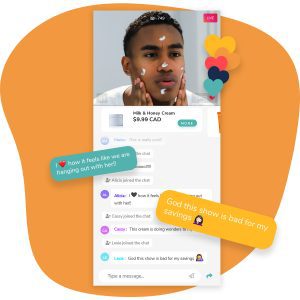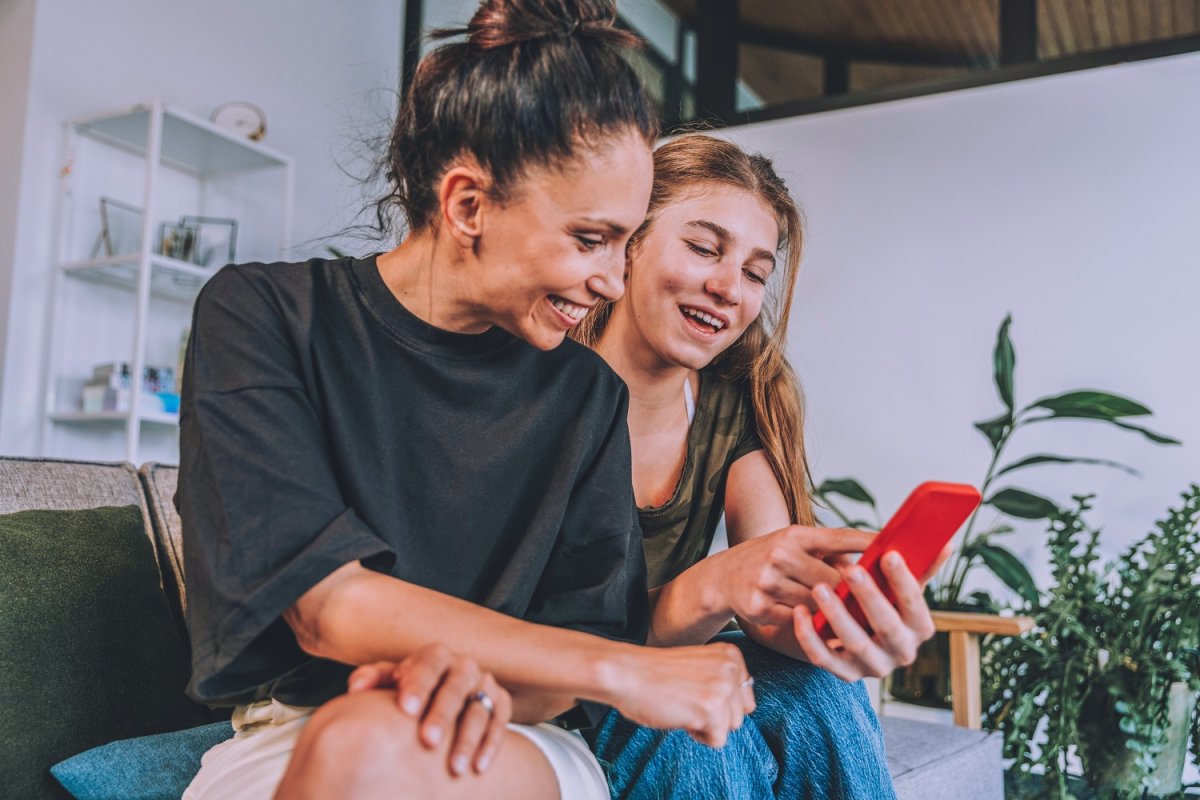[vc_row][vc_column][vc_column_text]Inspired by the golden age of TV shopping, Montreal startup Livescale has developed a new selling platform for the social media era. For this week’s Start-Up Spotlight, Bay Street Bull spoke with Livescale CEO, Virgile Ollivier.[/vc_column_text][/vc_column][/vc_row][vc_row][vc_column][vc_column_text]Sometimes creating a brilliant product is less about reinventing the wheel and more about knowing where it’s going—especially if it’s rolling toward a giant pile of money. Such is the story of Livescale, a Montreal-based startup on the frontier of North America’s live-shopping revolution. Already popular in Asia, live shopping combines e-commerce with viral-video marketing, allowing clients to sell merchandise in real time, interact with audiences, and collect consumer data. Repurposed for the social media era, this new tech harks back to the golden age of TV commerce, when glorified toaster ovens were cultural touchstones (“Set it and forget it!”), and infomercials were often more gripping than the regularly scheduled programming.
“It’s as if Facebook Live and Amazon had a child,” says Virgile Ollivier, Livescale’s co-founder and CEO. “Our company is unique because it’s converting community to sales. Live shopping is fun for buyers and merchants too. It’s not just streaming with a comment section.”
China is currently the world’s live-shopping heavyweight, with the nation’s industry projected to hit $129 billion USD in sales by the end of the year. In Asia, the activity is dominated by huge brands (think the QVC network with emojis), each recruiting social media influencers to push what Ollivier calls “aspirational goods”—lifestyle products that make people happy and spur conspicuous consumption. Livescale, for its part, wants to popularize the phenomenon in North America, separating itself from the competition with an even more immersive experience for users on both sides of the platform.


But perhaps what’s most distinct about Livescale is its ability to empower brands. Unlike the YouTubes and Instagrams of the world, Livescale gives data back to its clients. That allows brands to better understand their audiences’ preferences, such as they relate to the merchandise, but also the on-screen entertainment. It’s like a focus group and artistic critique rolled into one. The startup even has an academy to help clients polish their broadcast, regardless of budget. “Livescale works for both extremes,” he says. “Some of our clients record from their homes using only a phone, others shoot in big studios with expensive equipment.”


While it’s true that COVID-19 accelerated the ubiquity of online retail (Statistics Canada reports that e-commerce sales in May exploded by 99.3 percent compared to those in February), Ollivier is not resting the long-term success of his company on the back of a pandemic soon to pass. The global shift to digital, he says, was inevitable and, in any case, Livescale isn’t interested in perpetuating the e-commerce status quo.
Ollivier and his team believe the novel coronavirus only reminded consumers what they miss about the shopping of old: socializing, a sense of community, trusted recommendations, and, of course, a charming experience for the senses. “Regular e-commerce has no emotional thrust, and it’s a creative coffin for brands” says Ollivier. “It can’t teach you something technical like how to apply makeup, and it can’t make you feel special like a personable host.” Put another way: When’s the last time you and a co-worker stood by the water cooler and gushed over clicking through Amazon’s endless library of static catalogues?


Because sometimes shopping—even for glorified toaster ovens—is about more than shopping.[/vc_column_text][vc_column_text]
This article was originally published in the 2020 Women’s Issue of Bay Street Bull
[/vc_column_text][/vc_column][/vc_row]












